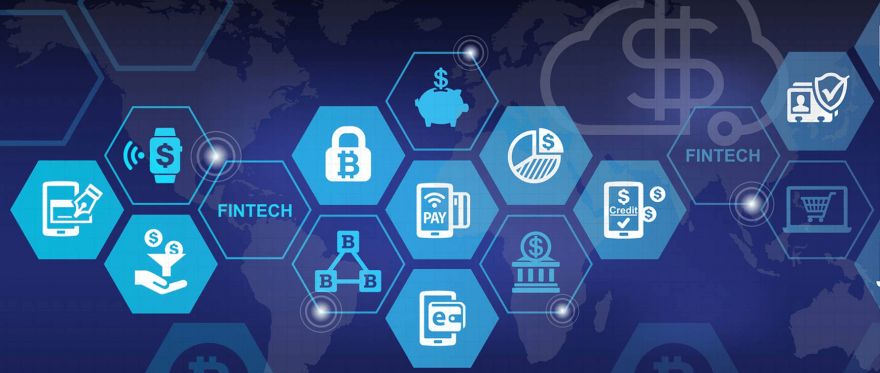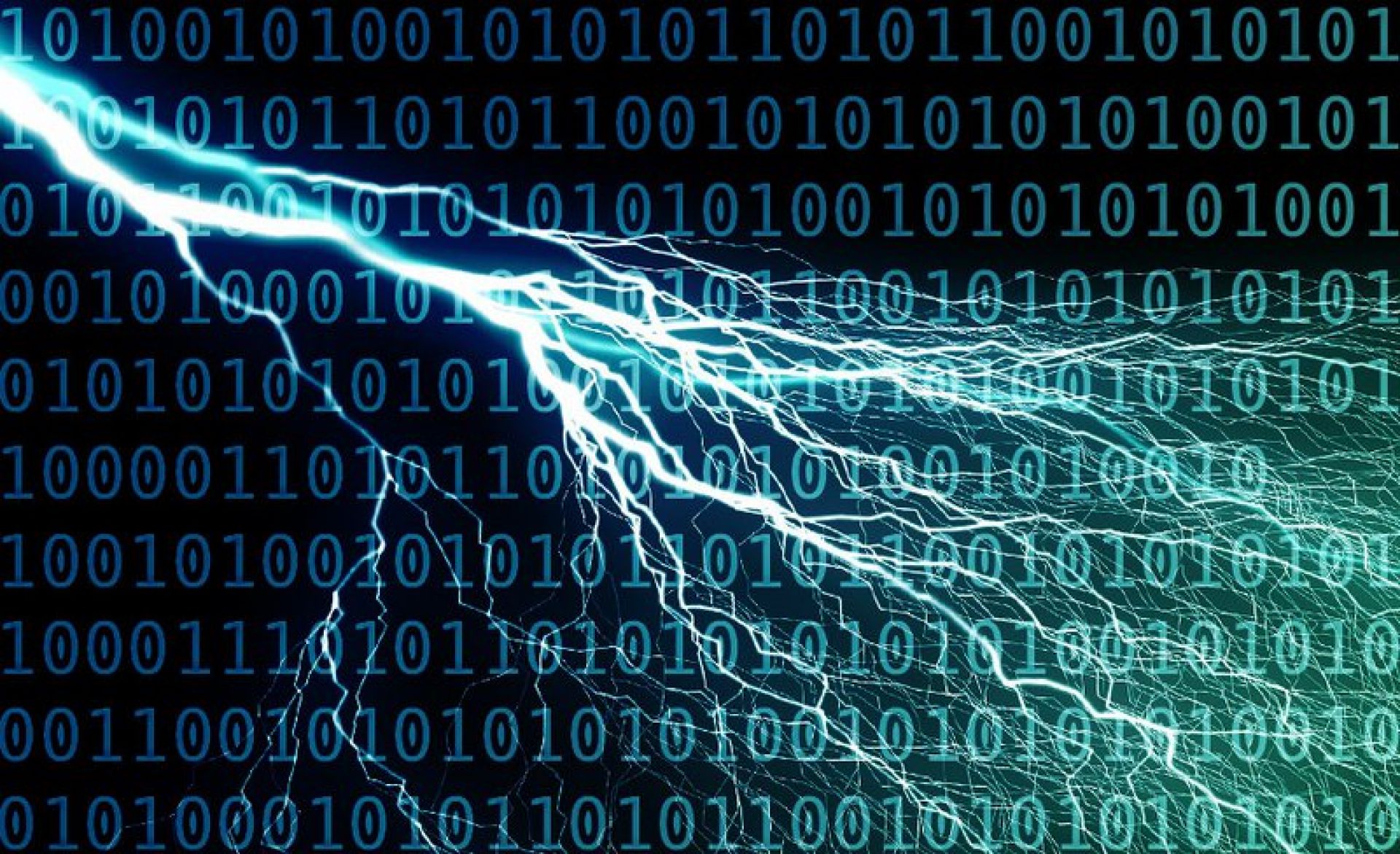
Blockchain in Banking
In Banking technology Blockchain has been used for a long time. They created it on paper. The cash book is stitched and numbered from the first to the last page, with a stamp and signature, from which it is impossible to break a page, and it is impossible to forge the balance on the day before yesterday by the cashier - it was she who got to check the regulator. This is a real block in the primitive form. Although in digital form, it has a more interesting look.
Blockchain seems to be in the news more often than not these days, whether over bitcoin and other cryptocurrencies, or the burgeoning technology sector using it as a springboard. Such ventures promise “game-changing” solutions to challenges in a variety of industries including financial technology, supply chain logistics as with IBM’s recent initiatives, media, travel bookings and rentals to name a few.
Until now, a number of launches based on the blockchain produced a real surge, and the whole industry was in a state of unused potential. There are the highest thoughts floating around a lot of hype if not a separate amount of excess advertising. And, real applications are still few and far between, as are the ability to monetize ventures aside from ventures raising huge sums through crowdfunded and Initial Coin Offering (ICO) initiatives.
One of the most huge sections where locking and encrypting made a splash in fintech. Wishing almost everything was made about how the destructive block-string has the ability to exist for the branch; fintech has already announced its own complaints about innovations and continues to show that if this new development is willing to help, it naturally will not be required.
What will happen to the banks after the arrival of the Blockchain?
Banks with Blockchain will move quickly enough. With the development of Finike, they will not disappear, but the staff considerably diminish. The largest bank in 50 years will employ only 50 people. The rest will replace Autobots, processes and smart contracts. Classic bankers - the profession is likely to die. They will become gamers, developers and in the future will find themselves somewhere in another segment.
If to speak about Blockchain, it is necessary to distinguish three main specific aspects of it. We draw attention to them because then it will be very clearly seen why 50 years ago he appeared in the world of the industry in a primitive form. Without looking into the past, we will not understand our future.
First of all, this is a strict registry, which does not fool. Although there are such attempts - in the case of bitcoin, we see that sometimes it happens with branches, for example, bitokinkesh, and what ends such branching. In any case, the registry is the only one. It is chronological, straightforward and practically not subject to any adjustments. The entire registry is in temporary peer-to-peer networks. It is everywhere the same. If a branch starts changing it, the system reacts vigorously to the change and removes that branch. You can not log in to the server and fix something. Each computer is part of a single system.
The chronology plays a crucial role. Everything is signed by a hash protocol consisting of two parts. One part is produced by the system itself, and the second one is inherited from the previous block. That is why the links of this harsh chain will never change places. The most important feature and value of technology are that it is impossible to change information in a historical context.
Another important point is the hierarchy disappears. Each of us is part of the whole. Peer-to-peer networks are a substitute for the hierarchy of networks, where there are machine-server and client machines. On the one hand, it's good - come into the system, the entrance is free. But use the rules that are set by others, the only ecosystem. If you fall under these rules, you work, if not - the system survives for you, leaving you unable to work and earn. The banking system follows these laws and lives. And everything else is considered unfair competition.
Finally, the most important thing is the consensus. Now, these are two Proof-of-Work and Proof-of-Stake opposite lines (PoW and PoS, literally "work confirmation" and "parity confirmation" - two of the most famous consensus algorithms in cryptographic trades that offer different structure-based mechanisms for completing work done). And it is unclear which technology will win. Probably, neither the first nor the other will win. Because their algorithms are over-regulated, and there is not enough computing power. So today it does not matter how the relationships between these systems will develop.
How does it work in a bank?
The Blockchain Bank starts with a secure hyperlink to download paid content. If you paid for your content from your IP address, then only you will download it at this IP address. Copy the link to another computer - the content will be unavailable.
Smart contracts - this is the second version of the work block in the bank. There are different blocks of blocks. For example, a payment chain is a regular bitcoin. Everyone knows how the bitcoin works, how money is sent from one person to another, how these deals are protected and why they can not be fake.
Imagine that in parallel there is another chain - these are title agreements, agreements on the alienation of property rights to the object of property. This is exactly the same asset that will move safely from one owner to another. And an electronic notary in the form of a node, a person or a work will rearrange the ownership of an apartment from one person to another.
But then the question arises: how to combine the movement of money with a Blockchain with the movement of apartments on the second blockade? Only through smart contracts. Smart contracts are the third branch that registers deals. In the same chronology and sequence, only its specificity is that the smart contract is an algorithm for actions in the first branch of branching and in the second chain.
Sometimes situations arise when one smart contract submits to another and launches its function before it comes into force. Therefore, there are simple smart contracts for transferring money from one person to another, but there are complex smart contracts when a title is transferred in front of the money transfer and a third smart contract is triggered, followed by another event.



